#french fashion history
Text
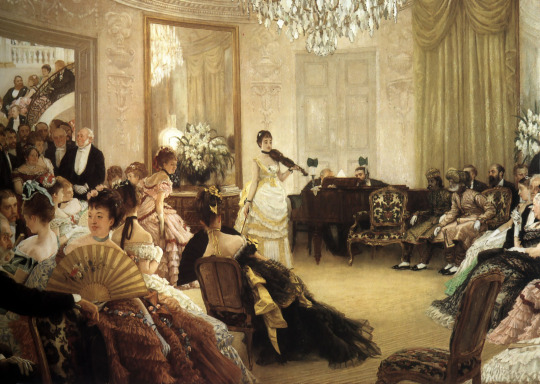
James Tissot (French, 1836-1902) • Hush • c. 1874

A very similar silk dress with lace and fringe and trimmings of silk flowers, to that worn by Tissot's violinist.
There is a short yet very interesting article about the history of this painting on The Victorian Web.
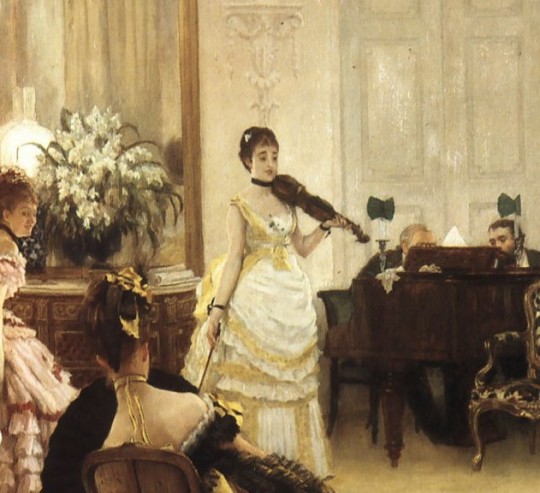
Detail
#art#painting#james tissot#art history#genre painting#19th century european art#1870s artwork#fashion history#victorian fashion#victorian era#dress history#paintings & their dresses#the resplendent outfit blog#french fashion history#realism#fine art#oil painting#art & fashion history blog
46 notes
·
View notes
Text

When you think about wearing a dress to dinner, it probably isn't this extravagant. But for Victorians, dinner gowns were totally a thing. In fact, it wasn't uncommon for ladies of status to change three or four times a day!
This gown is by Emile Pingat, a French designer and contemporary (and competitor) of Charles Frederick Worth. He began his fashion house in the mid-1860s, and went on to dress some of the wealthiest, most sophisticated people in Europe and the Americas.
To me, Pingat is immediately recognizable with his divine details, architectural tailoring, and relatively earthy color palette--lots of black, gold, tan, and neutrals.
This 1885 dinner gown is no exception. It's silk velvet and machine made lace, but all about the details. The lace overlay mimics brocades and damasks, but the extra sheerness makes it extra glimmery. Plus we've also got a train--always a plus. We know it was worn by socialite Mrs. Charles G. Roebling. The gown also has another bodice, as many dresses did during this period.
From the Philadelphia Museum of Art.
#emile pingat#pingat#french fashion history#haute couture#fashion history#threadtalk#costume#textiles#historical costuming#victorian fashion#costume history#late victorian fashion#1880s fashion#circa 1885#19th century fashion
421 notes
·
View notes
Text
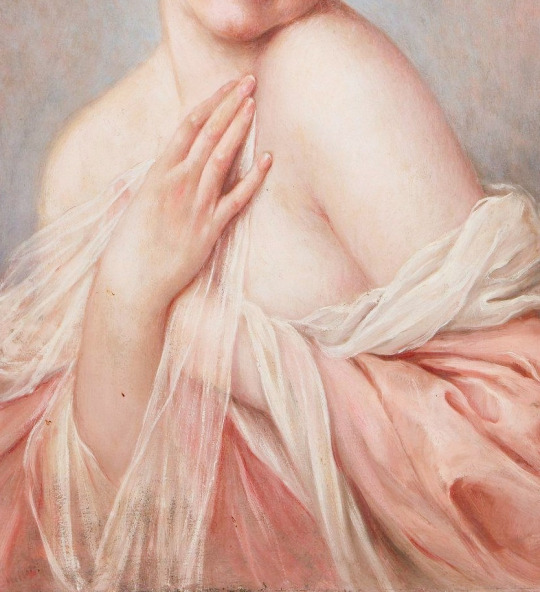

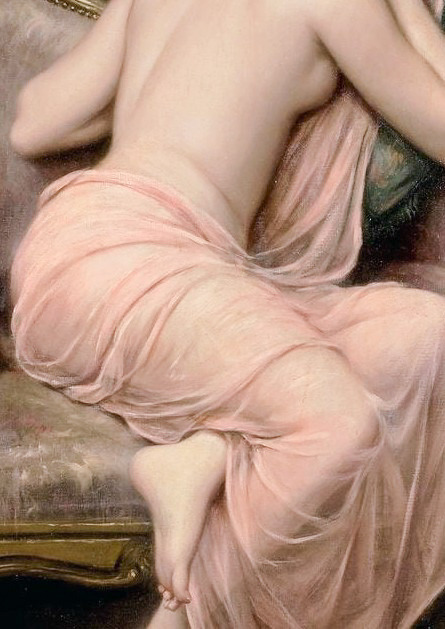
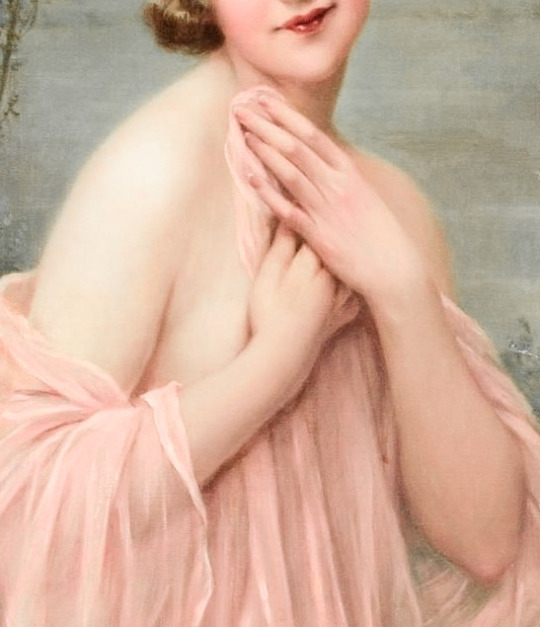
François Martin-Kavel & pink fabrics
French, 1861-1931
#art#painting#classical art#women in art#art detail#fine arts#art history#french art#François Martin-Kavel#pink aesthetic#pink#19th century art#19th century#fashion history#historical fashion#textiles#art lover#historical art#painting detail#light academia
7K notes
·
View notes
Text
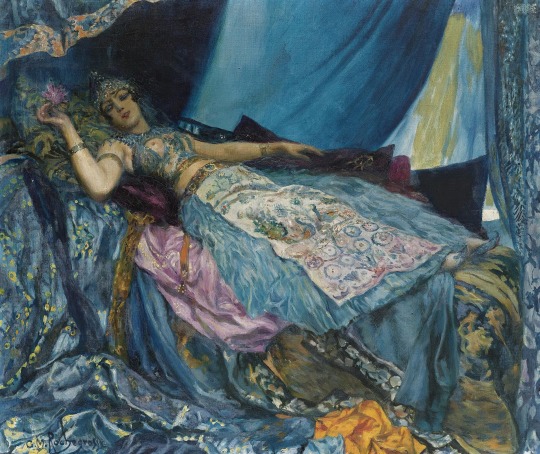
La Princesse Bleue
Georges Antoine Rochegrosse
2K notes
·
View notes
Text
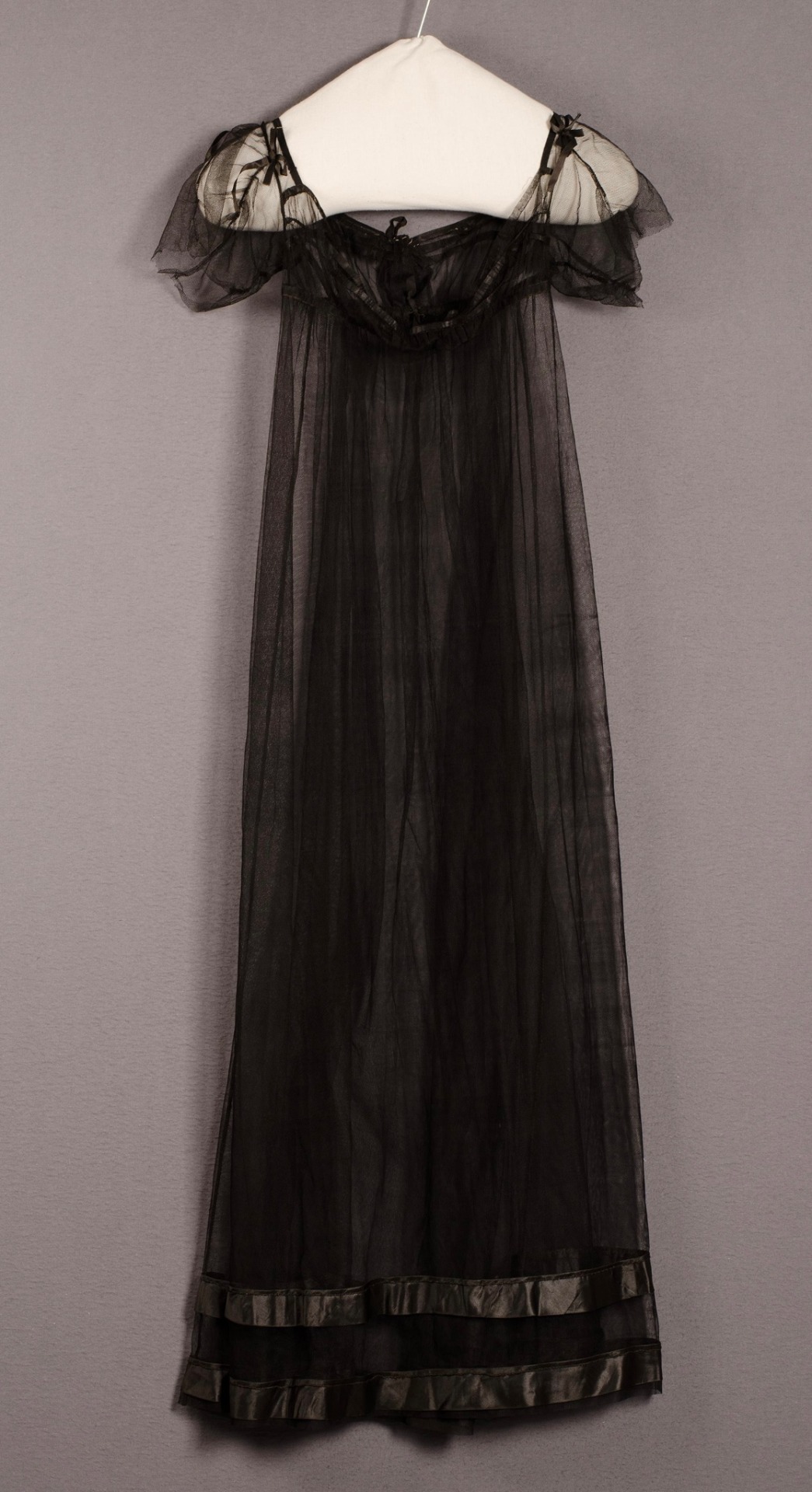

Black empire style gown
Tulle and silk
C. 1800-1810, Napoleonic era
Centraal Museum, Utrecht
#dresses#dress#centraal museum#CMU#fashion#napoleonic era#napoleonic#first french empire#french empire#19th century#france#history#tulle#silk#pretty#fashion history#history of fashion#historical fashion#1800s#regency#empire style#regency fashion#jane austen#1800s fashion
4K notes
·
View notes
Text


• Dress.
Design House: House of Worth (French, 1858–1956)
Date: ca. 1898
Culture: French
#fashion history#history of fashion#dress#fashion#19th century fashion#19th century#19th century dress#french#house of worth#ca. 1898
2K notes
·
View notes
Text

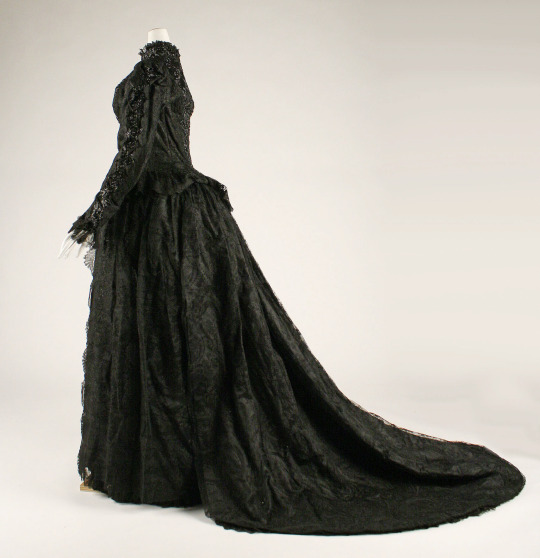
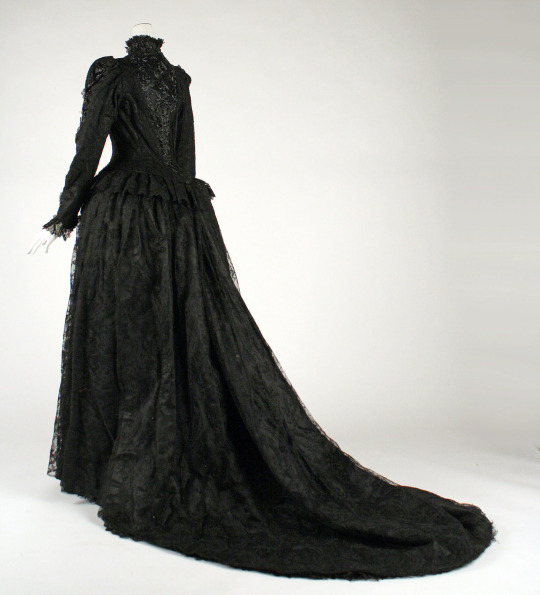
French evening dress
c. 1887-89
The Metropolitan Museum of Art
#French dress#19th century dress#historic fashion#historical fashion#1800s fashion#1880s dress#1800s dress#1800s#victorian fashion#history of fashion#gothic dress#dress history#frostedmagnolias
500 notes
·
View notes
Note
I've seen a post you've reblogged and added to, among many things about women showing nipples. Can you recommend any ref material (articles, videos, etc.) are share your knowledge about this? Cause I'm curious about that, as nowadays going out in a shirt without a bra makes you indecent, while in like 90s it was okayish? I wonder how it was in previous centuries.
There is a really cool academic paper about bare breast dresses in 17th century England specifically. I think anyone can read it by creating a free account.
Abby Cox also has a good video about the cleavage during the past 500 years in which she goes through also the nip slip phenomena.
I don't have other sources that specifically focus on this subject, though many sources about specific decades touch on it, but I do have my primary source image collection, so I can sum up the history of the bare nipple.
So my findings from primary source images (I could be wrong and maybe I just haven't found earlier examples) is that the Venetians were the first ones to show the nipple for courtly fashion. At the same time in other places in Europe they sported the early Elizabethan no-boob style that completely covered and flattened the chest. In the other corners of Italy the necklines were also low but less extreme. Venetian kirtle necklines dropped extremely low as early as 1560s and they combined extremely sheer, basically see-through partlets with their kirtle. First example below is a 1565-70 portrait of a Venetian lady with the nipples just barely covered waiting slip into view with a movement of arm. There was an even more extreme version of this with the kirtle being literally underboob style, still with a sheer doublet. Though I believe this was not quite for the respectable ladies, since I have only seen it depicted on high class courtesans. They were not exactly respectable ladies, but they did have quite good social position. The second example is a 1570s depiction of a courtesan, which is revealed by the horned hairstyle. By the end of the century this underbust style with only see through fabric covering breasts, had become respectable. In the last example it's shown on the wife of the Venetian doge in 1597.
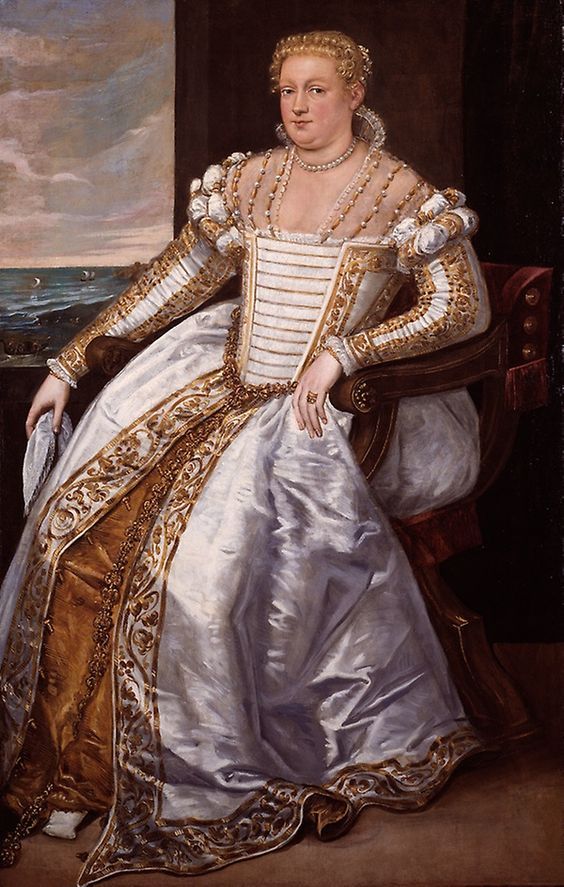
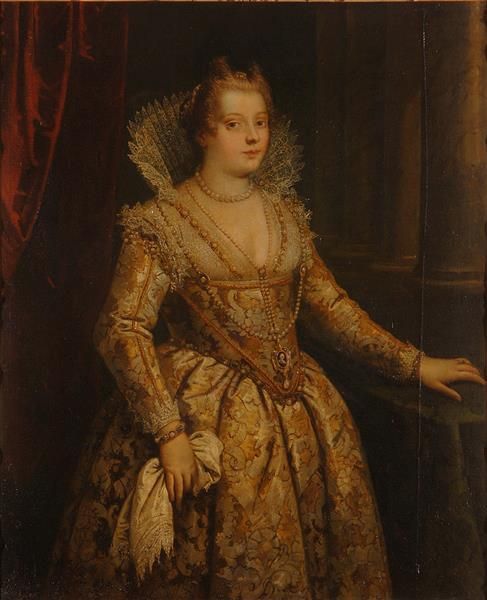

Around the same time, at the very end of 1500s, the extremely low cut bodice fashion enters rest of Europe. The low cut style was present in the bodices of all classes, but the nipple was really only an aristocrat thing. The lower classes would cover their breasts with a partlet, that was not sheer. Bare breast was ironically from our perspective a show of innocence, youthful beauty and virtue, and to pull off the style with respect, you also had to embody those ideals. Lower class women were considered inherently vulgar and lacking virtue, so a nipple in their case was seen as indecent. Bare boobs were also a sort of status symbol, since the upper class would hire wet nurses to breastfeed their children so they could show of their youthful boobs.
Covering partlets and bodices were still also used in the first decade of 1600s by nobles and the nip slip was mostly reserved for the courtly events. The first image below is an early example of English extremely low neckline that certainly couldn't contain boobs even with a bit of movement from 1597. The 1610s started around 5 decades of fashion that showed the whole boob. The first three were the most extreme. Here's some highlights: The second image is from 1619.
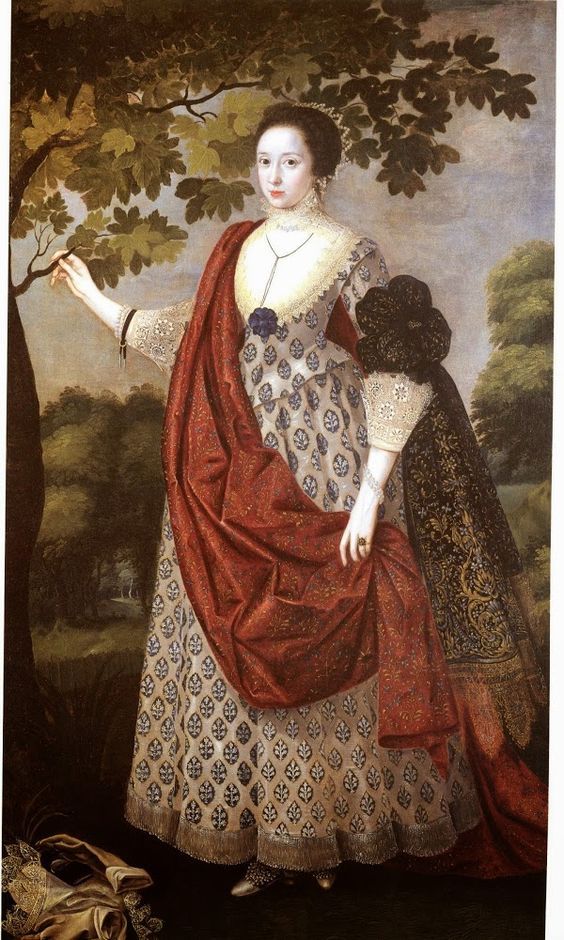

Here the first, very much showing nipples, from c. 1630. The second from 1632.
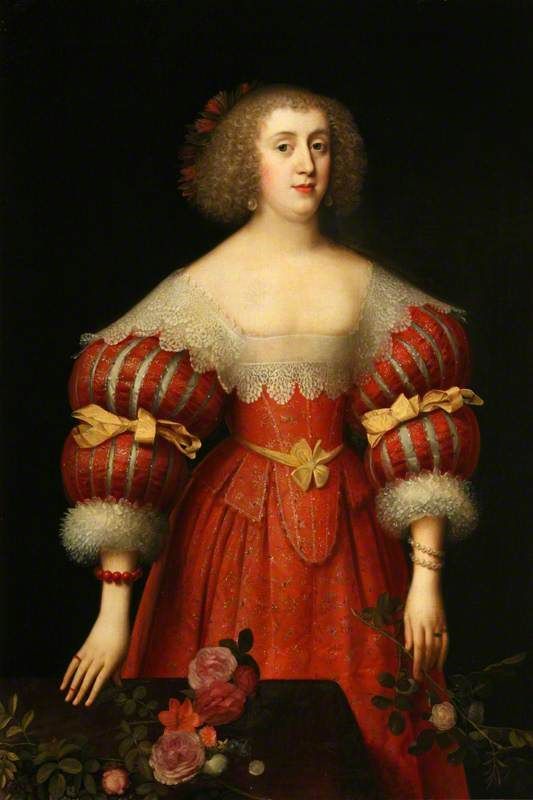
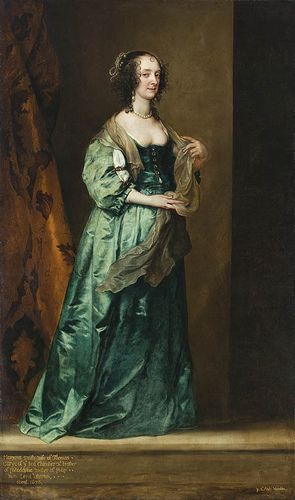
The neckline would slowly and slightly rise during the next decades, but nip slips were still expected. Here's an example from 1649 and then from 1650-55. In 1660s the neckline would get still slightly higher and by 1870s it was in a not very slippable hight. The necklines would stay low for the next century, though mostly not in boob showing territory, but we'll get there. But I will say that covering the neckline in casual context was expected. Boobs were mostly for fancy occasions. It was considered vain to show off your boobs when the occasion didn't call for it and covering up during the day was necessary for a respectable lady. You wouldn't want to have tan in your milk-white skin like a poor, and also they didn't have sun screen so burning was a reasonable concern.

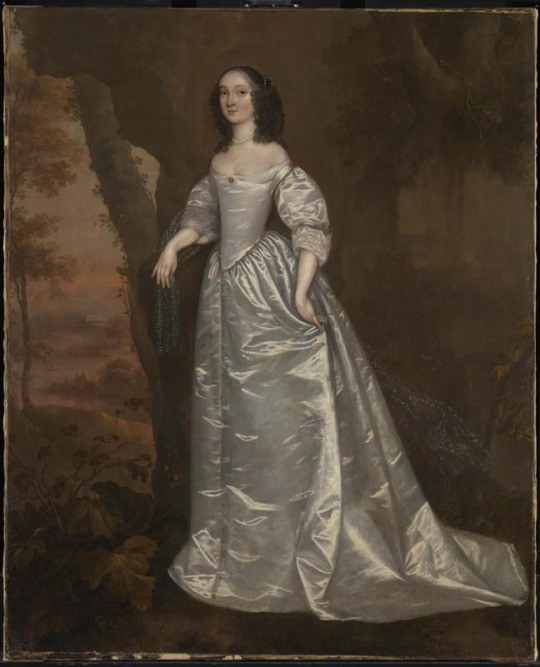
1720s to 1740s saw necklines that went to the nip slip territory, though they didn't go quite as low as 100 years earlier. The nipple was present in the French courtly fashion especially and rouging your nipples to enhance them was popular. Émilie Du Châtelet (1706-1749), who was an accomplished physicist and made contributions to Newtonian mechanics, was known in the French court to show off her boobies. An icon. Here she is in 1748. Here's another example from this era from 1728.
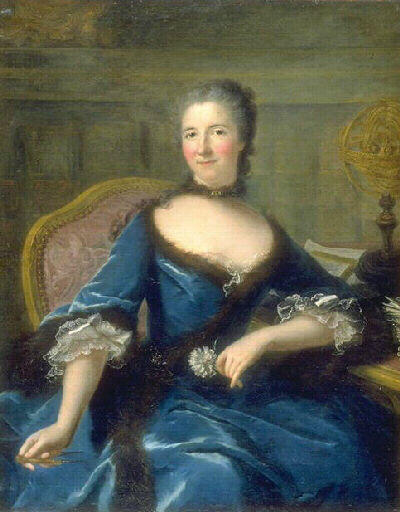
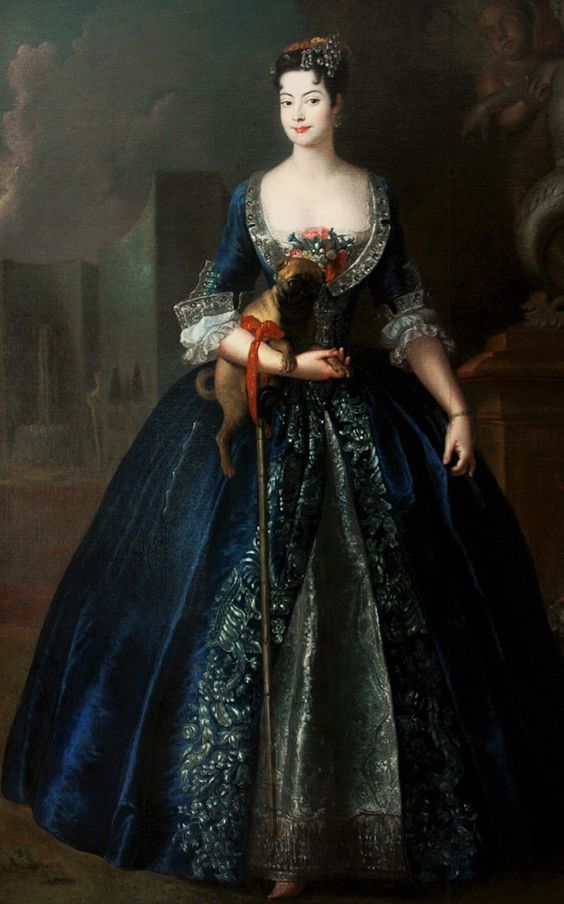
The Rococo neckline never got high, but in the middle of the century it was less low till 1770s when it plunged into new lows. In 1770s the fashion reached a saturation point, when everything was the most. This included boobs. The most boob visible. There was a change in the attitudes though. The visible boob was not a scandal, but it was risque, instead of sing of innocent and did cause offense in certain circles. I think it's because of the French revolution values gaining momentum. I talked about this in length in another post, mostly in context of masculinity, but till that point femininity and masculinity had been mostly reserved for the aristocracy. Gender performance was mostly performance of wealth. The revolutionaries constructed new masculinity and femininity, which laid the groundwork for the modern gender, in opposition to the aristocracy and their decadence. The new femininity was decent, moral and motherly, an early version of the Victorian angel of the house. The boob was present in the revolutionary imagery, but in an abstract presentation. I can't say for sure, but I think bare breasts became indecent because it was specifically fashion of the indecent French aristocracy.
Here's example somewhere from the decade and another from 1778. The neckline stayed quite low for the 1780s, but rose to cover the boobs for the 1790s.

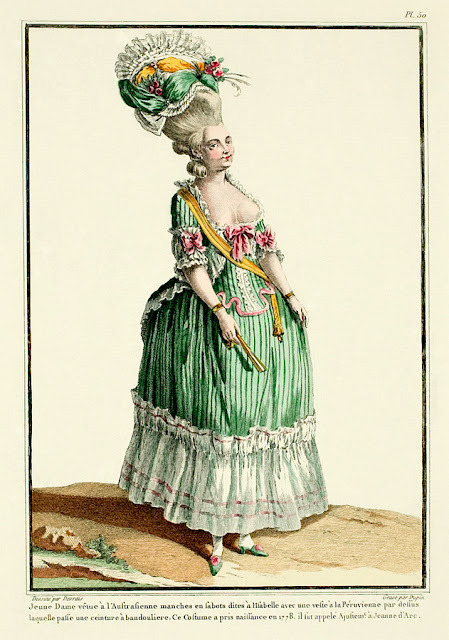
The nipple didn't stay hidden for long but made a quick comeback in the Regency evening fashion. It was somewhat scandalous by this point, and the nipple and sheer fabrics of the Regency fashion gained much scorn and satire. The styles that were in the high danger nip slip territory and those that allowed the nipple to show through fabric, were still quite popular. The sleeves had been mid length for two centuries, but in 1790s they had made a split between evening and day wear. The evening sleeves were tiny, just covering the shoulder. Showing that would have been a little too much. Like a bare boob? A risque choice but fine. A shoulder? Straight to the horny jail. (I'm joking they did have sheer sleeves and sometimes portraits with exposed shoulder.) But long sleeves became the standard part of the day wear. Getting sun was still not acceptable for the same reasonable and unreasonable reasons. Day dresses did also usually have higher necklines or were at least worn with a chemisette to cover the neckline. Fine Indian muslin was a huge trend. It was extremely sheer and used in multiple layers to build up some cover. There were claims that a gust of wind would render the ladies practically naked, though because they were wearing their underclothing including a shift, which certainly wasn't made from the very expensive muslin, I'm guessing this was an exaggeration. Especially though in the first decade, short underboob stays were fairly popular, so combined with a muslin, nipples were seen. Here's an early 1798 example of exactly that. The short stays did disappear eventually, but in 1810s the extremely small bodices did provide nip slip opportunities, as seen in this 1811 fashion plate.
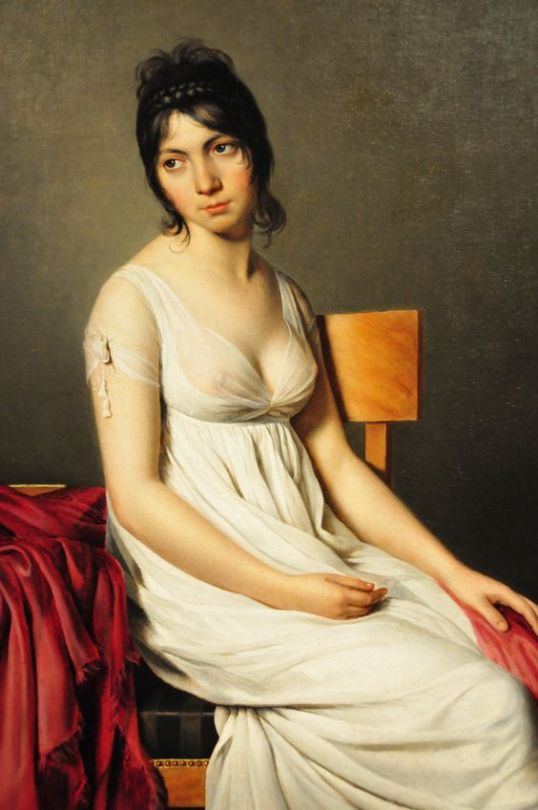
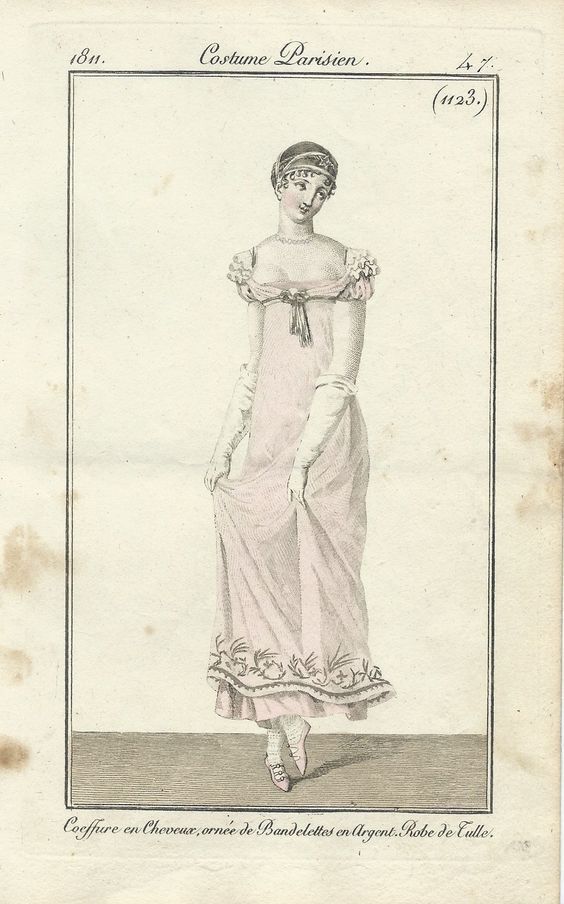
Victorian moralizing did fully kill the nip slip, though at least they were gender neutral about it. The male nipple was just as offensive to them. In 1890s, when bodybuilding became a big thing, bodybuilder men were arrested for public indecency for not wearing a shirt.
#there was also the new femininity aspect to regency nipple which had to do with breastfeeding becoming fashionable among upper class#it's about the whole motherly thing that came with the french revolution#i can't remember the book i read it from so i didn't go into it because i couldn't remember the details lol#but it did definitely have an effect to the fashion and to the perception of nipple#historical fashion#fashion history#history#dress history#fashion#answers#painting#fashion plate#renaissance fashion#elizabethan fashion#rococo fashion#baroque fashion#regency fashion#will tumblr prove itself to be again more prudish than elizabethans and label my post as mature content?#remains to be seen
503 notes
·
View notes
Text

Embroidered muslin dress, France, 1805-10
From the Victoria & Albert Museum
#regency#dress#muslin#embroidery#french#1805#1810#1810s#1800s#19th century#fashion#fashion history#history
216 notes
·
View notes
Text
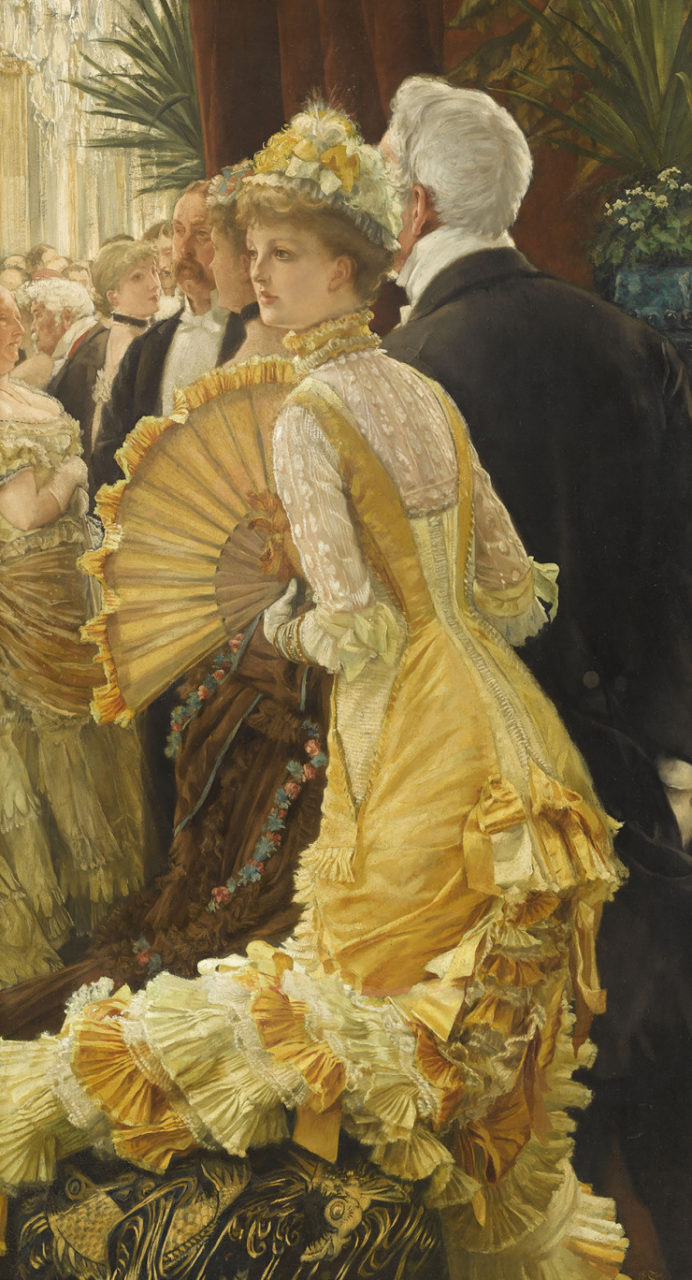
figure 1
James Tissot (French, 1836–1902) • The Ball • 1878
Figure 1: According to French fashionistas, Tissot got the hat all wrong. Apparently hats were inappropriate as evening wear, particularly at a ball. Indeed, when perusing fashion plates of the late 1870s, formal evening attire never included hats.
For formal evening events, hair was styled in elaborate braids, buns, and curls, often adorned with silk flower sprays and fancy clips and combs. Silk flowers were also sometimes used as embellishments for dresses.

A Tissot creation likely inspired by the fashion plates of the day, the evening or ball dress in figure 1 features a bow right at the buttocks followed by a cascade of layered pleats, lace, and ruffles. This style was commonly referred to as The Princess Line dress. Created in Great Britain by Charles Frederick Worth in the form of Princess Alexandra's wedding dress, it soon took off as the latest dress style craze.

French hand fan • Ivory, paper, gouache, mother-of-pearl, metal • 1860-70 • Brooklyn Museum Costume Collection at The Metropolitan Museum of Art

Figure 2
Figure 1: In the mid 1870s, the bustle evolved into a less protruding fashion feature and eventually, toward the end of the decade gave way to the mid-bustle or natural form era. This transformation took place from 1877 through approximately 1882. Compared to the large, overstuffed bustles of the early 1870s, the Mid-Bustle, or Natural Form dress created a more vertical, slimming silhouette. The waist was undefined and embellishments began at the back of the waist, or even below it.
Figure 2: It is difficult for a fashion history novice like me to define the correct occasion for this particular dress. It's perhaps a special occasion day or afternoon dress and hence less embellished. Or perhaps the modest satin bow at the hip gives it away as just a regular day dress. In one entry at Lily Absinthe's blog, she states that a semi-train is usually indicative of a day or afternoon special occasion dress. All I know for sure is that I adore the lovely vertical pleated train!

Princess Line dress • 1878-1880 (made) • Unknown designer and maker, likely from Great Britain • Virginia and Albert Museum
Blue and gold Jacquard-woven silk made with a fitted bodice and narrow skirt drawn back into drapes at the back, and rusched silk trim. It has elbow-length sleeves and a square neckline, which are both trimmed with machine-lace. This is a day or afternoon dress, likely worn at home. More views of this dress can be seen here.

Attire appropriate for a hat.

Of course, the ultra-slim silhouette of the princess dress was restrictive and necessitated increasingly tighter undergarments like corsets and girdles, further restricting movement. Poor working women who engaged in hours of manual labor could not afford either the latest fashions nor the restricted movement.
Sources:
Lily Absinthe
The Metropolitan Museum of Art Costume Institute , New York City
Fashion History Timeline (FIT, Fashion Institute of Technology, New York City
V & A (Victoria & Albert Museum, London
#fashion history#late 1870s fashion history#princess line dress#james tissot#art history#french fashion history#late 1870s fashion plate#french hand fan#victorian fashion#historical fashion#victorian era#19th century fashion#the resplendent outfit blog#french fashion#historical painting
36 notes
·
View notes
Text
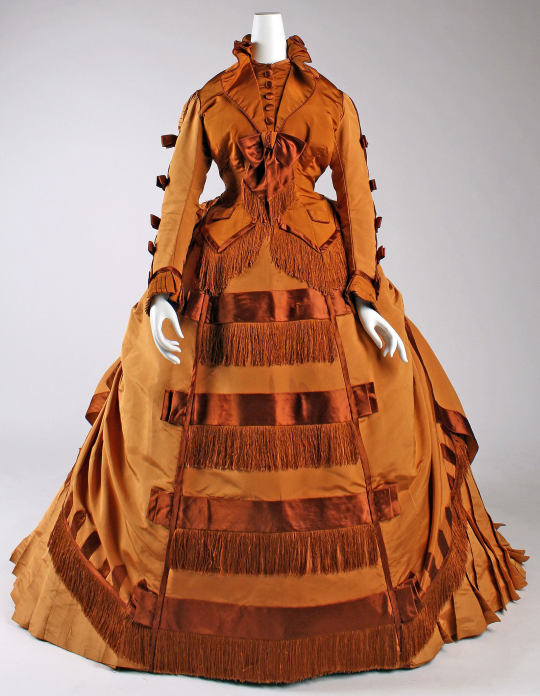
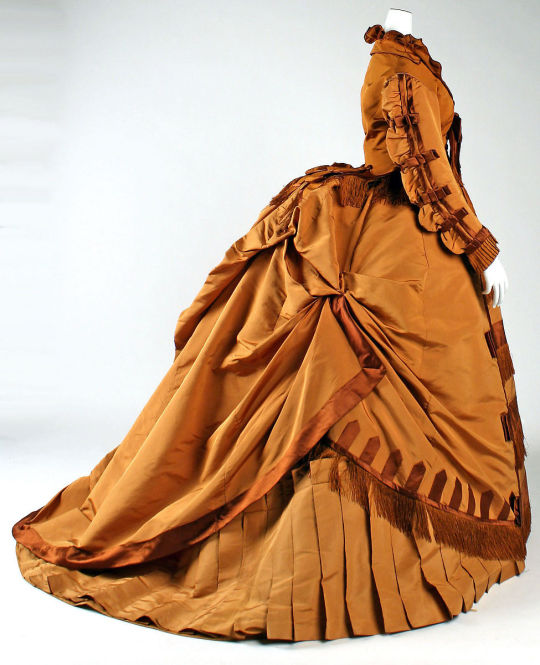

It's the tail-end of pumpkin season, so I'm going to go hard or go home with orange for the next couple of days. Yes, I suppose you could say these are pumpkins spice dresses.
This French Depret satin confection comes from the cusp of the 1860s into the 1870s, and I love a transition period dress. There's nothing as cool to me as being able to see fashions change before your eyes, gown to gown.
In this case, we still have the monumental skirts, but you start to see some of the trimmings that show up in the 1870s--tassels, fringe, that sort of thing. Plus, the top is a faux jacket, modeled after sporty riding and military coats commonly seen among more masculine designs.
The back of this dress though, is all bustle--but still with the volume of the 1860s, before things go up and back.
I love the play with different silk weaves, here, to give contrast to the design. You get that super shiny satin against a plain weave silk. Ooh la la!
From the Met.
#history of fashion#victorian fashion#costume#threadtalk#fashion history#historical costuming#silk dress#textiles#costume history#orange dress#french fashion history#1870s fashion#circa 1870
444 notes
·
View notes
Text
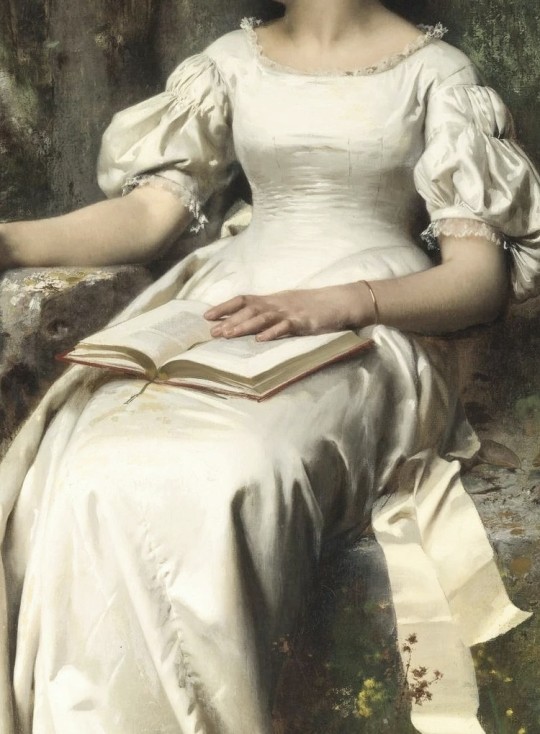
Léon Bazile Perrault
French, 1832-1908
Meditation (detail)
#Art#painting#classical art#léon bazile perrault#art detail#french art#fine arts#paintings#painting detail#light academia aesthetic#light academia#art#women in art#19th century fashion#19th century art#art history#white dress#books
2K notes
·
View notes
Text
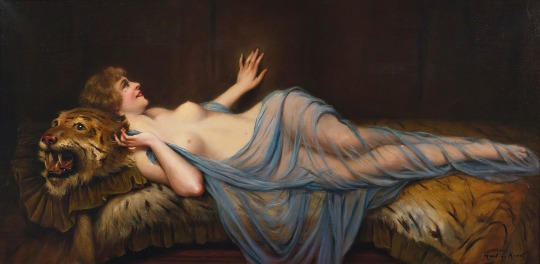
Femme au tigre
François Martin-Kavel
1K notes
·
View notes
Text
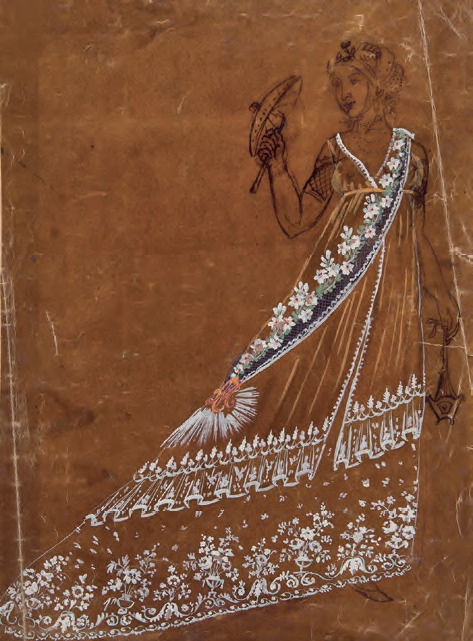
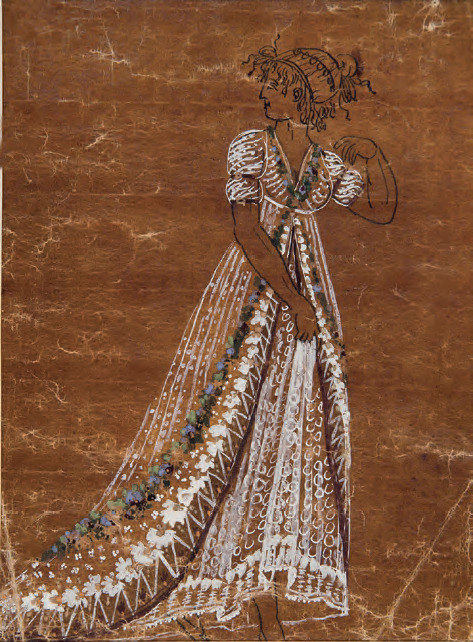
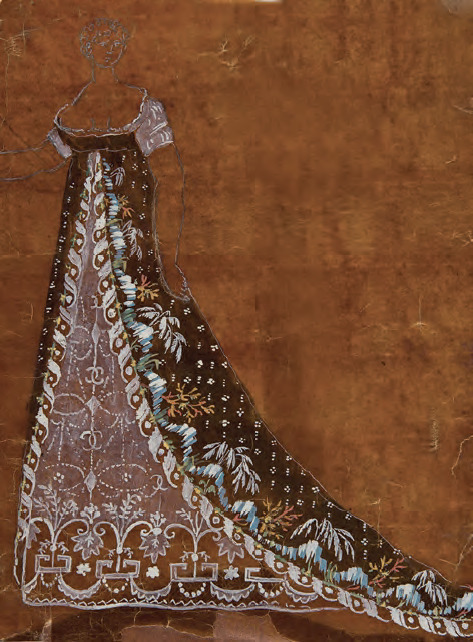

Empire style dress designs made by Jean-François Bony
c. 1803, France, Napoleonic era
#Jean-François Bony#Bony#France#empire style#napoleonic era#napoleonic#French fashion#first french empire#french empire#fashion#fashion history#dresses#19th century#history#history of fashion#historical fashion#19th century fashion#regency#empire#regency fashion#1800s
395 notes
·
View notes
Text
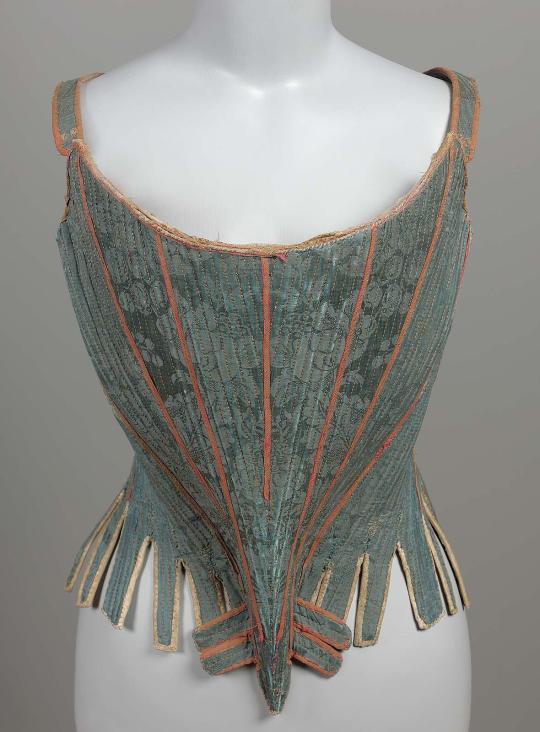
• Stays.
Date: ca. 1750
Place of origin: France
Medium: Silk damask, printed linen lining, whalebone, silk tape, and kid leather.
#fashion history#history of fashion#fashion#18th century fashion#historical#historical fashion#stays#france#french#ca. 1750
581 notes
·
View notes
Text

René Gruau
Advertising illustration for Miss Dior (Collection of Parfums)
Christian Dior, Paris, 1949
#rene gruau#french fashion#fashion#fashion illustration#fashion illustrator#fashion design#haute couture#couture#french art#italian artist#italian painter#magazine illustration#illustration#modern art#art history#aesthetic#beauty#tumblr art#tumblrstyle#tumblrpic#tumblrpictures#tumblraesthetic#aesthetictumblr
289 notes
·
View notes